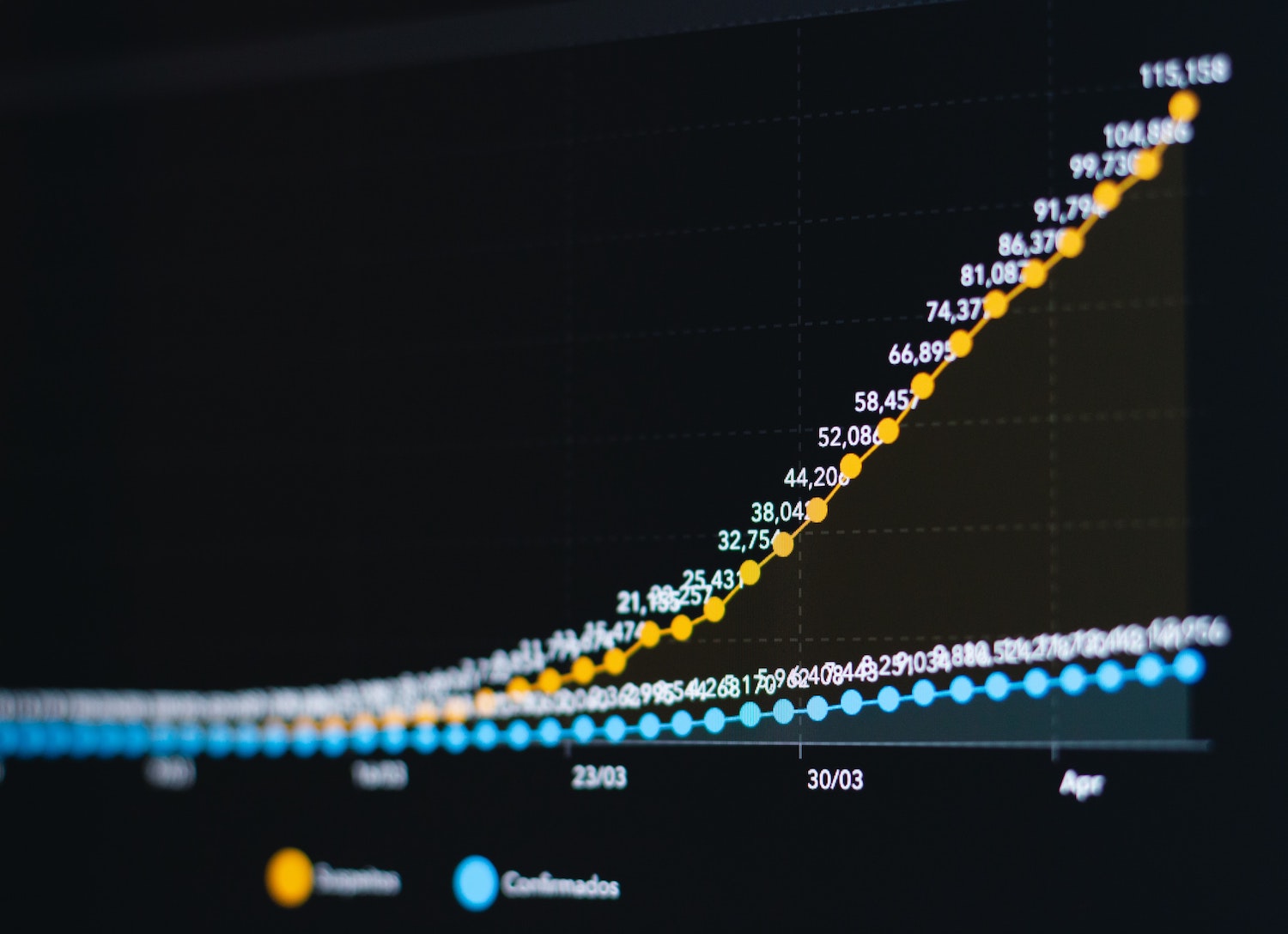Investment: $1 billion. Anticipated returns: multiple billions. Chance of success: 15%. These are the key stats any pharma company looking to develop and commercialize a drug candidate faces. The natural question becomes: how can this slim success rate be improved? Artificial intelligence. AI can lift success rates to up to 50%, while reducing time-to-market — the non plus ultra in the time of coronavirus.
In the case of Cambridge, Massachusetts-based Moderna, the AI recipe has succeeded. With its leading COVID-19 vaccine candidate reaching efficacy levels of 94.5%, all while remaining stable at standard refrigerator temperatures for 30 days, the biotech company is close to cracking the code to a pandemic panacea.
Splitting the race
Moderna isn’t the only company interested in improving the key pharma stats with AI. But the approach to using AI splits the pharma world in two. Young pharma companies or biotech starts-ups have the advantage of creating new processes that are digital or AI-infused from scratch; big pharma companies need to go through a transformation of turning processes digital after the fact. Some big pharma players were reluctant at first, thinking the introduction of AI into the business would be a drain on the bottom line. But, even the traditionalists in pharma have changed course and started to infuse AI into their established business as they see their younger biotech peers, who have long invested in AI, forge ahead rapidly.
“AI can lift success rates to up to 50%, while reducing time-to-market — the non plus ultra in the time of coronavirus.”
This visionary belief in the power of AI has fueled much of Moderna’s success, along with groundbreaking science. Founded in 2010 under the auspices of life sciences-focused venture capital firm, Flagship Pioneering — and particularly Flagship founder and CEO Noubar Afeyan — Moderna relies on an innovative platform approach to messenger RNA (mRNA) science. “We follow a fundamentally different logic than that of drug development in big pharma. The mRNA we use for our COVID-19 vaccine functions like a software instruction manual, telling the body how to produce its own drugs through it,” Afeyan explains.
While mRNA exists naturally in the body, instructing cells to produce proteins such as insulin or growth hormones, Moderna is pioneering the use of mRNA as a drug. Once the mRNA is injected into the body, cells read it like a code and make the protein as instructed, leveraging the power of mRNA for the targeted production of proteins needed to fight diseases. Though a promising methodology, so far no mRNA drug has ever made it to market, making Moderna a driving force in pushing the boundaries of basic and applied science.
Driving digital
Besides the science, the pervasiveness of AI contributes to Moderna’s edge over other COVID-19 vaccine contenders. Moderna CEO Stéphane Bancel, who served in sales and manufacturing roles at Eli Lilly and as CEO of French diagnostics company bioMérieux before joining Moderna in 2011, understands the power of digitization and AI in pharma, and the edge that biotechs enjoy over traditional players. “I wanted Moderna to be a digital company from day 1. For that to happen, we needed the IT to be built right, even if it meant considerable investments at a time when we didn’t have revenue streams. Digitizing right from the get-go is much easier than doing this ex post on a legacy system,” Bancel argues.
And that he did. His former bioMérieux colleague Marcello Damiani came on board in 2015, convinced that business process engineering was the key to digitizing a firm. His logic was: “You cannot blindly translate manual processes into digital processes. The processes, once set, have to be redesigned to fit in a digital environment.” Damiani’s dual title as Moderna’s chief digital and operational excellence officer gave him a mandate for process engineering across Moderna’s departments, allowing him to digitize operations throughout. Along with promoting a digital culture at the heart of Moderna’s company DNA, going digital formed the basis of Bancel’s vision for Moderna as the “first truly digital biotech company.”
Enabled by cloud infrastructure, integrated structures across teams, IoT, analytics and automated processes where possible and useful, Moderna is now tapping into the holy grail of digitization — AI. “We relied on digitization early on, not for the sake of digitization but for generating data. Today, we have a lot of structured data, for instance in research and pre-clinical production. When we run experiments, we collect even more data. This allows us to build better algorithms, which helps build the next generation of medication. It’s a virtuous cycle,” Damiani explains. Algorithms support Moderna’s decision making, for instance in the clinical space where they provide predictions that humans wouldn’t be able to make in a reasonable time frame.
Biotech companies, such as Moderna, arguably enjoy an edge amid the current global pandemic where time is of the essence. However, the reality is that contributions from all players — traditional big pharma and cutting-edge, AI-powered biotechs — will be necessary. With a target market of 7 billion people, multiple COVID-19 vaccines will be needed to supply the world. Or as CEO Bancel puts it, “We are confident in our vaccine, but with a view on achieving the needed scale, we are rooting for everyone.”
This article is based on a Harvard Business School Teaching Case on Moderna and an HBR interview with Noubar Afeyan, Founder and CEO of Flagship Pioneering. A more extended view of Moderna’s use of AI can be found in Competing in the Age of AI, by Marco Iansiti & Karim Lakhani, which features an updated preface (on Kindle) with a deep dive on Moderna.
